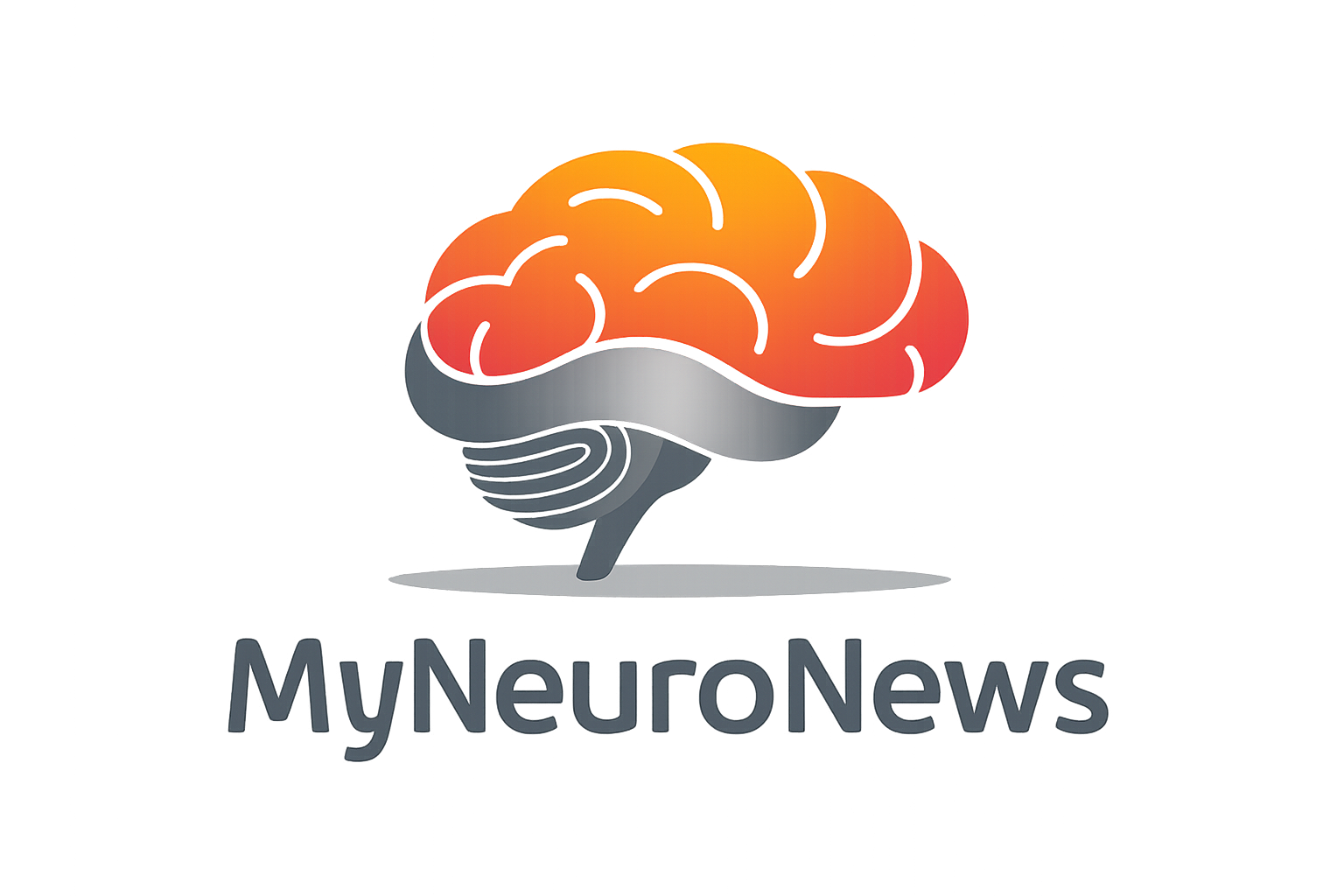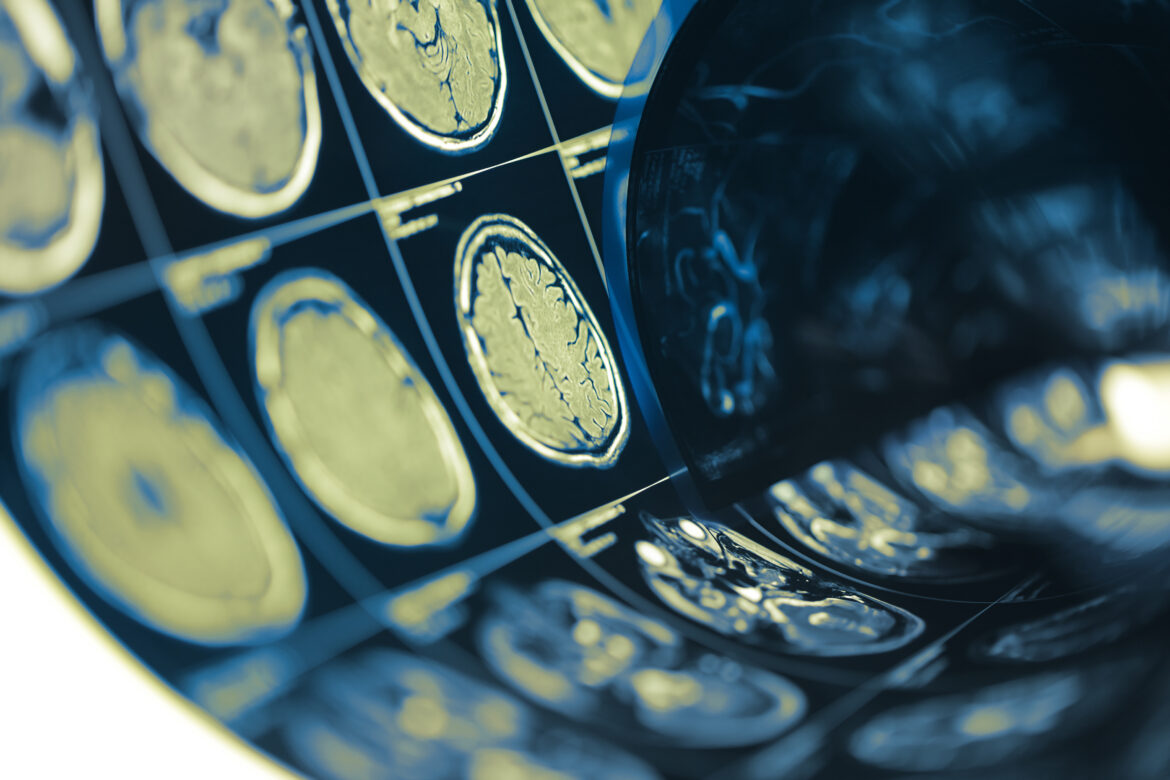Mild traumatic brain injury (mTBI), commonly referred to as a concussion, is one of the most prevalent yet least understood neurological conditions. Despite being termed “mild,” the effects of mTBI can be profound, affecting cognitive function, emotional well-being, and overall quality of life. Traditional diagnostic methods often fall short in identifying the subtle yet significant changes that occur in the brain following an mTBI. This has led to the exploration of advanced neuroimaging techniques and machine learning algorithms to better understand and diagnose this condition.
Understanding mTBI: Beyond Clinical Symptoms
mTBI can result in a wide range of symptoms, including headaches, dizziness, memory problems, and mood changes. These symptoms, however, can be highly variable and do not always correlate with the extent of brain damage. As a result, diagnosing mTBI can be challenging, particularly when relying solely on clinical symptoms. What’s more, standard imaging techniques such as CT or MRI scans may not always detect the microstructural damage present in the brain after an mTBI.
The Power of Neuroimaging in mTBI Detection
To address the limitations of traditional imaging, researchers have turned to advanced neuroimaging methods such as:
- Magnetoencephalography (MEG): MEG measures the magnetic fields generated by neuronal activity in the brain. It offers insights into how different regions of the brain communicate and can detect disruptions in these communications caused by injury.
- Functional Magnetic Resonance Imaging (fMRI): fMRI tracks blood flow in the brain, highlighting areas that are active during specific tasks or even at rest. It helps researchers observe the functional connectivity between different brain regions.
- Diffusion Tensor Imaging (DTI): A form of MRI that maps the white matter tracts in the brain, DTI is especially useful for identifying structural damage such as diffuse axonal injury, which is common in mTBI.
Each of these imaging techniques provides a unique perspective on the brain’s structure and function, making it possible to detect the subtle changes that occur after an mTBI.
The Importance of Functional Connectivity
Functional connectivity refers to how different regions of the brain interact and communicate with one another. In individuals with mTBI, these connections can become disrupted, leading to the cognitive and emotional difficulties often reported after injury. MEG and fMRI are particularly useful in measuring these functional connections, with MEG offering the added advantage of real-time measurement of brain activity.
Recent studies have shown that individuals with mTBI exhibit reduced connectivity in specific brain networks, particularly in the alpha, beta, and low gamma frequency ranges. These frequencies are essential for cognitive functions such as attention, memory, and executive function. Disruptions in these networks can lead to cognitive impairments, which may not be detectable using standard imaging techniques.
Machine Learning: Unlocking the Potential of Multimodal Data
While advanced neuroimaging provides a wealth of information, interpreting the vast amounts of data generated by these techniques can be challenging. This is where machine learning comes in. By applying machine learning algorithms to neuroimaging data, researchers can identify patterns and features that distinguish individuals with mTBI from those without the injury.
Machine learning has been used to create classification models that can accurately predict mTBI based on imaging data. These models can identify which neuroimaging features—such as reduced functional connectivity or microstructural damage—are most important for distinguishing between healthy individuals and those with mTBI. By integrating data from multiple imaging modalities (e.g., MEG, fMRI, and DTI), machine learning algorithms can provide a more comprehensive understanding of the brain changes associated with mTBI.
In a recent study, machine learning models using MEG data were particularly effective in identifying mTBI. The results showed that functional connectivity in the alpha, beta, and gamma bands was highly predictive of mTBI. When this data was combined with fMRI and DTI measures, the models achieved even greater accuracy, underscoring the importance of multimodal data integration.
Multimodal Integration for Better Diagnosis and Treatment
One of the most exciting developments in mTBI research is the integration of data from multiple neuroimaging techniques. By combining information from MEG, fMRI, and DTI, researchers can create a more complete picture of the brain’s structure and function. This multimodal approach allows for a more accurate diagnosis of mTBI and may even help identify subtypes of the condition.
For example, some individuals may experience significant functional disruptions without visible structural damage, while others may have structural damage that doesn’t immediately affect function. By using a combination of imaging modalities, researchers can better understand the full spectrum of mTBI-related brain changes, leading to more personalized treatment plans.
The Future of mTBI Research and Clinical Care
The integration of advanced neuroimaging techniques with machine learning has the potential to revolutionize the way we diagnose and treat mTBI. By identifying specific brain markers associated with mTBI, researchers can develop more targeted therapies aimed at restoring functional connectivity and improving recovery outcomes.
In the future, clinicians may use machine learning algorithms to analyze a patient’s neuroimaging data and determine the best course of treatment based on their unique brain profile. This personalized approach could lead to more effective treatments and faster recovery times for individuals with mTBI.
Conclusion
Understanding mild traumatic brain injury requires going beyond traditional clinical assessments and imaging methods. Advanced neuroimaging techniques like MEG, fMRI, and DTI, combined with machine learning, are providing new insights into the subtle changes that occur in the brain after an mTBI. By leveraging these technologies, researchers are paving the way for more accurate diagnoses, personalized treatments, and improved outcomes for individuals affected by mTBI.

